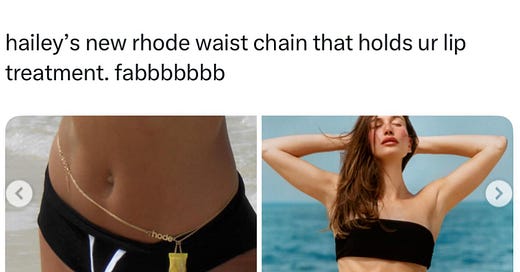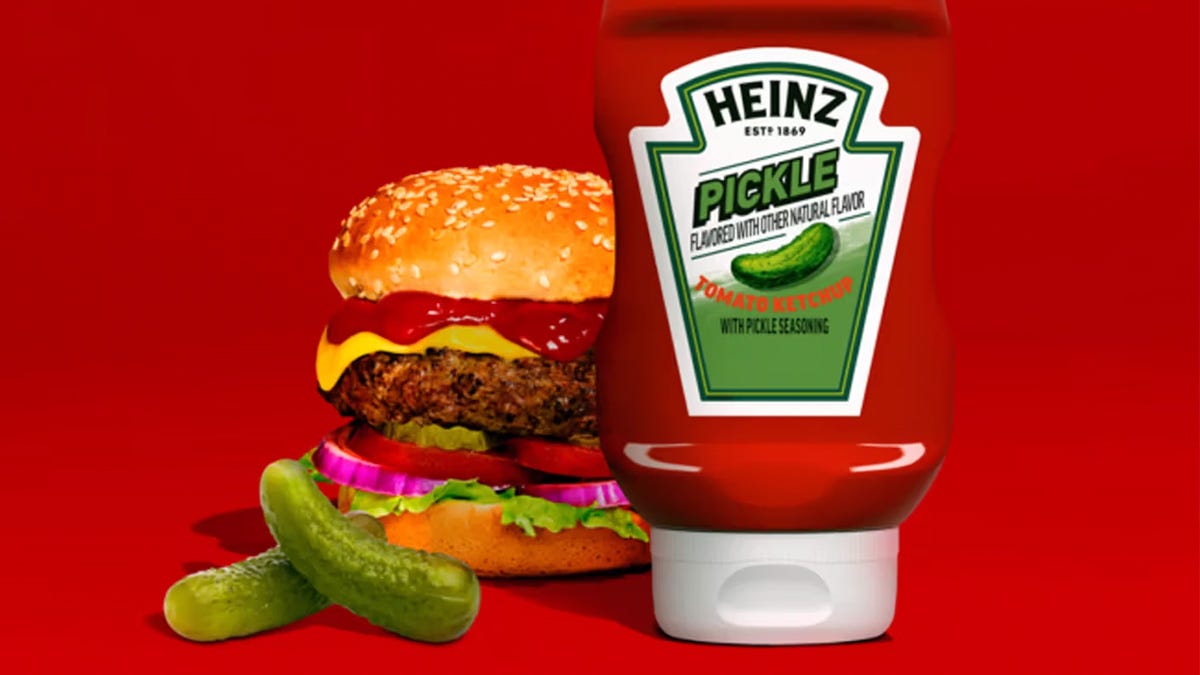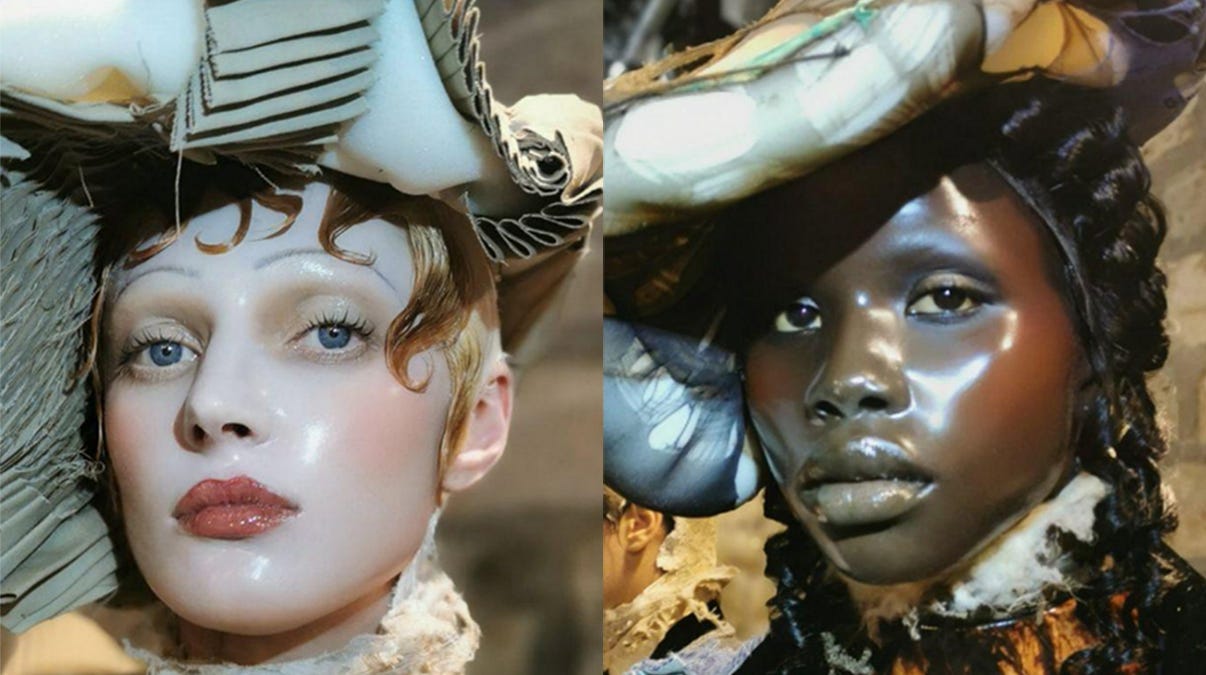Culture-informed products: hype DTC brands’ blueprint
How top consumer brands like Rhode, Heinz, Spotify, and Loewe embed cultural signals into product, UX, and growth strategy, not just comms.
Successful consumer brands today reference culture, and they operationalize it.
They treat cultural signals beyond marketing inspiration, as strategic input across product, design, growth, partnerships, and experience.
Cultural signals for marketing, and for making.
1. CULTURE-INFORMED PRODUCT DEVELOPMENT
Cultural signals can shape the very products brands put into the world, not only how those are marketed.
Heinz’s new sauces. Pickle Ketchup, Black Garlic Ranch aren’t random flavor bets. They’re made for cultural participation. They land at the intersection of TikTok food trends, meme humor, and collectible drops.
Rhode, Hailey Bieber’s skincare brand, designs with culture-first logic incorporated. The lip treatments are functional, yes, but so is the glazed look, the ‘basic’ aesthetic, the phone cases that double as accessories. The entire product system is designed for cultural legibility, it fits seamlessly into the soft, nostalgic, Tumblr-to-TikTok aesthetic vocabulary.
These brands launch into existing conversations and design for immediate recognition within subcultures, platforms, and visual languages.
2. CULTURAL UX & DESIGN RITUAL
Brands that understand cultural behavior also design how users experience the product, and how that experience becomes shareable, repeatable, and identity-forming.
Spotify turns listening into cultural participation. Wrapped is a ritualized identity performance. People wait for it, screenshot it, post it, compare it. It’s UX built for cultural virality.
Their Daylist and AI DJ features use hyper-specific genre labeling (‘shimmer pop’, ‘goblincore beats’) that mirrors the way people define identity online.
These features turn the product into a performance space.
3. STORY INDUCED PRODUCTS
Some of the most compelling cultural products emerge from the intersection of high fashion, beauty, and internet-native narratives, where exclusivity collides with everyday stories and viral content.
In summer 2024, a TikToker named Logan went viral for his cucumber salad recipe. Four months later, Loewe dropped a cucumber-scented candle, turning a fleeting internet moment into a high-design object.
At Maison Margiela’s Spring/Summer 2025 couture show, legendary makeup artist Pat McGrath created an ethereal ‘glass skin’ effect that instantly went viral. Pat McGrath Labs released a commercial version in January 2025. A couture moment distilled into a sellable item, months later.
Bringing art-world craftsmanship to internet-shaped demand.
In both cases, the product is not only a reflection of taste, it’s an artifact of shared story.
4. CULTURAL BEHAVIOUR AS PRODUCT OPPORTUNITY: Lime (bikes)
Sometimes culture shows up as behavior: unexpected, informal, but telling.
Take Lime Bikes in London. Teenagers regularly force the bikes without paying, setting off the alarms (‘bird! bird! bird!’) as they ride past. It’s become a background noise in certain neighborhoods, and a kind of youth-coded subculture.
So what if Lime built with that behavior instead of against it?
Imagine the Bird Pass, a free or heavily discounted ride program for under-18s and underprivileged teens. Not a bug fix, but a product extension rooted in reality. It would acknowledge how the bikes are actually used, and by whom, and turn a policing problem into a participation strategy.
This is the deeper challenge for brands today:
To not just borrow from culture, but to recognize it early, and build directly into it.
 Tiktok failed to load.
Tiktok failed to load.Enable 3rd party cookies or use another browser










